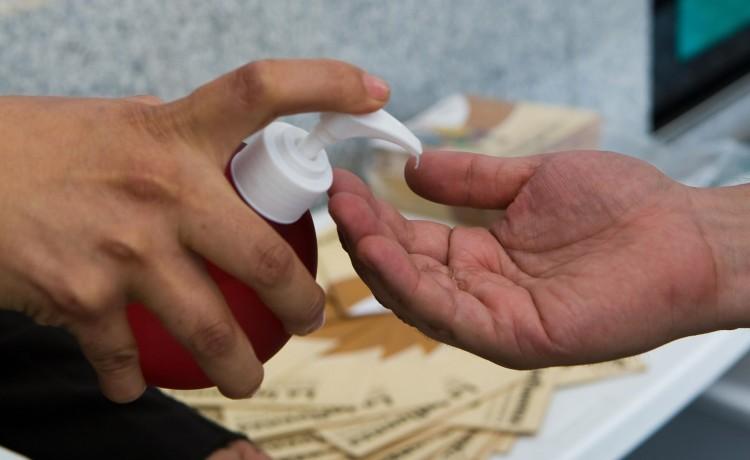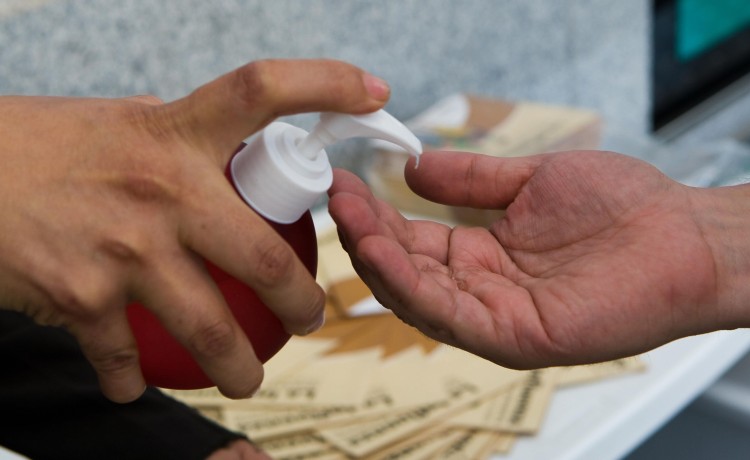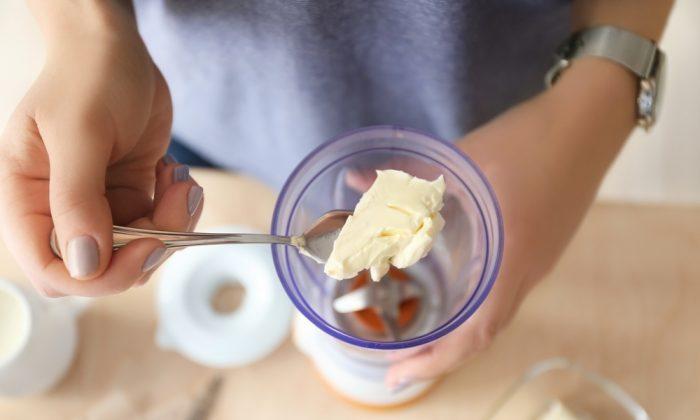The organization that successfully advocated for a ban on BPA in baby bottles and phthalates in toys is now turning its attention to triclosan, an anti-bacterial chemical originally used medically but now found in hundreds of products.
Toronto-based Environmental Defence says the chemical is present in alarming levels in people’s bodies and the environment, and the time has come to ban it from household use.
Tests conducted by the group show widespread body pollution by triclosan in Canadian adults. Seven of eight people tested had the antibacterial chemical in their bodies at levels higher than those toxic to fish.
“[The] data show how widespread the chemical is in our bodies. So consumers should do what they can to avoid products that contain it,” said Rick Smith, executive director of Environmental Defence.
Triclosan was first registered as a pesticide in 1969 and was initially used in medical settings as a surgical scrub.
But in the 1990s it began to be added to consumer products, and is now found in a broad range of household items such as hand sanitizers, toothpaste, cleaning supplies, and makeup, and is often the active ingredient in antibacterial products.
The chemical is known to be an endocrine disruptor—interfering with the human body’s natural hormones. Many endocrine disruptors have been linked to thyroid problems and cancer.
The Canadian Medical Association has also raised concerns about the chemical, due to fears its widespread use is contributing to antibiotic-resistant “superbugs.”
On March 30, Health Canada and Environment Canada published a preliminary assessment of triclosan on the Chemical Substances website. The assessment declared that triclosan can cause some harm to the environment—but not human health—at its current levels.
Environment Minister Peter Kent said in a news release that he would talk to industry players about voluntarily reducing the use of triclosan in their products.
Long-Term Exposure
But Smith said the issue needs to be taken more seriously and that triclosan must be avoided by all consumers due to its long-term presence in the environment.
“The danger with triclosan isn’t just the level of exposure, it’s also the length of time someone is exposed,” he said.
Since Triclosan is used in many consumer products, it is often washed down drains and goes on to pollute rivers and lakes. It is toxic to fish, amphibians, and algae, according to an Environmental Defence report titled “The Trouble with Triclosan.”
“Every time we wash our hands or brush our teeth with triclosan, more of this hormone-disrupting chemical goes down the drain. That’s bad news for people and bad news for the environment and why it’s time for a household ban,” said Smith.
In addition, it tends to break down in chlorinated water and sunlight, after which it can produce human carcinogens.
“Triclosan is now found in millions of people, as it is easily absorbed not only through the skin but also through the oral mucous membranes and GI tract,” the report says.
The report notes that while evidence shows that triclosan mimics hormones and affects cells that are important to immune function, more research is needed to assess the impact that constant, daily exposure to the chemical has on humans.
The federal government is currently holding a 60-day consultation period that invites industry, environmental groups, consumer groups, and other stakeholders to comment on its draft assessment of triclosan.
Consumers can check product ingredient lists for triclosan. However, some companies that use the chemical aren’t always required to list ingredients on certain products. Triclosan can also be referred to by the brand name Microban.





